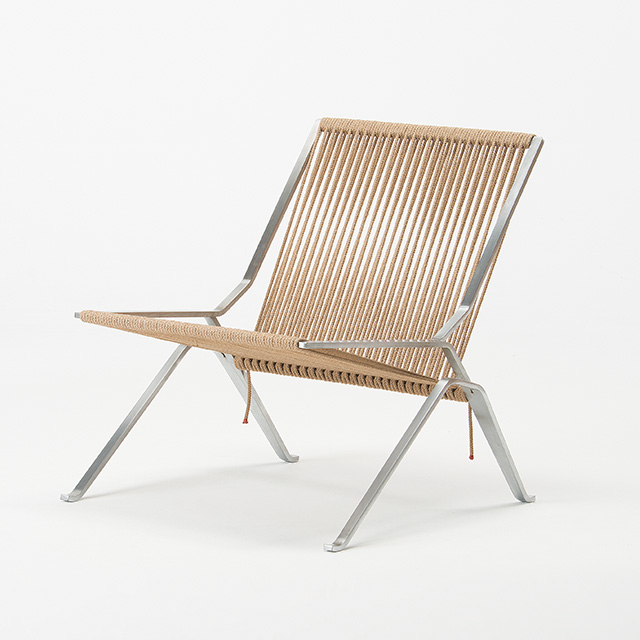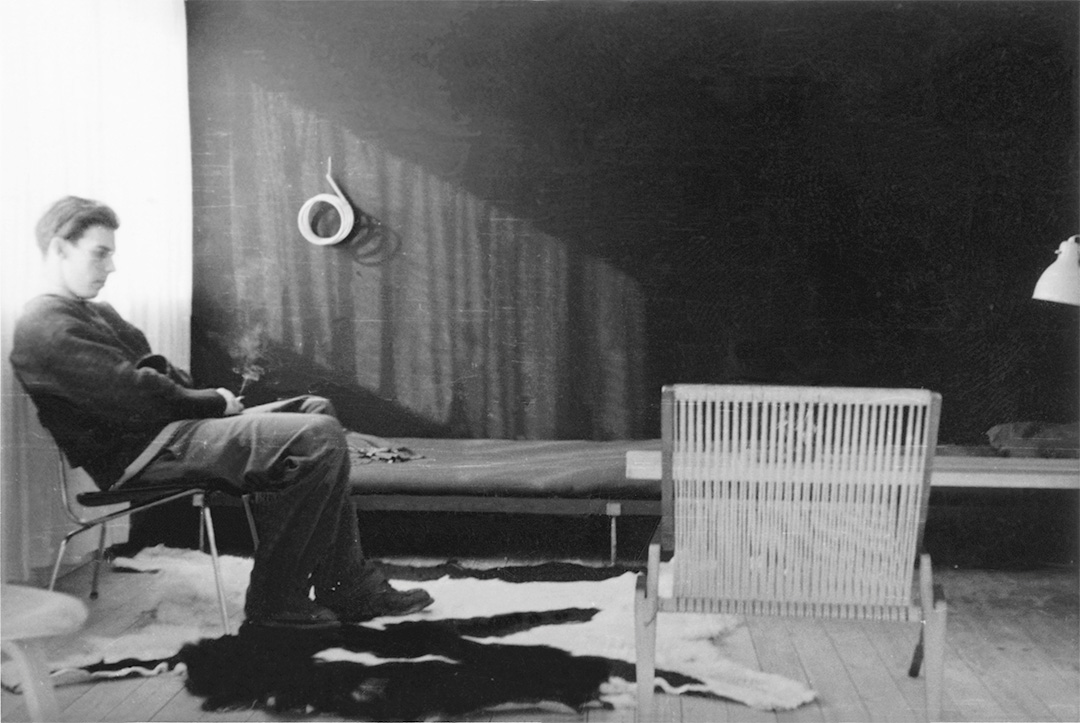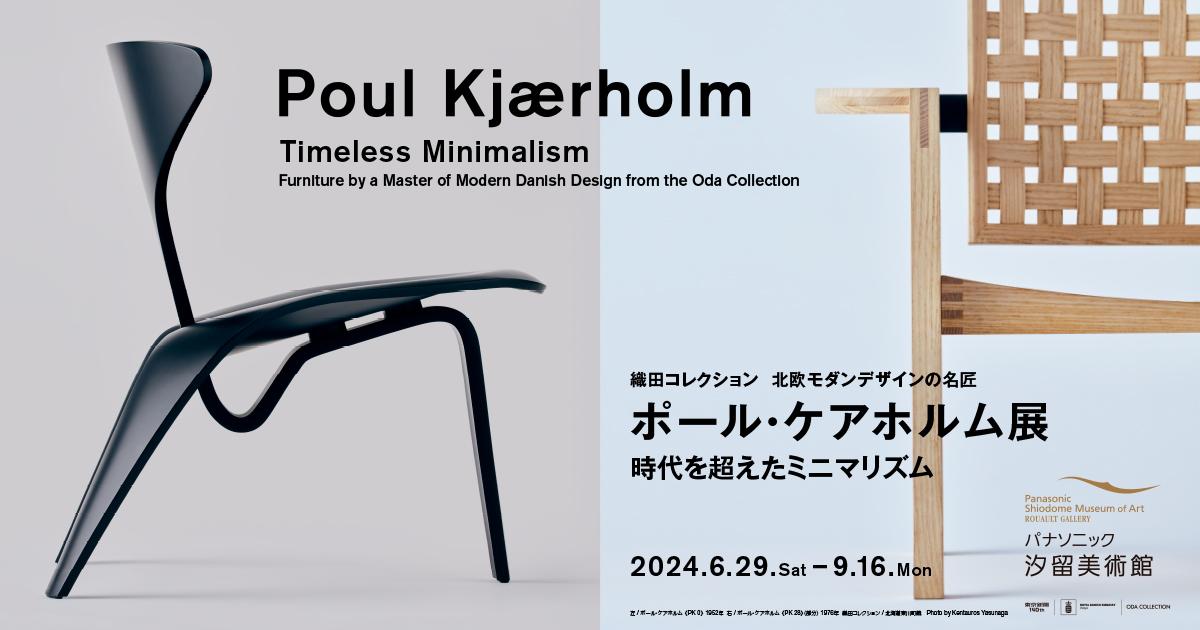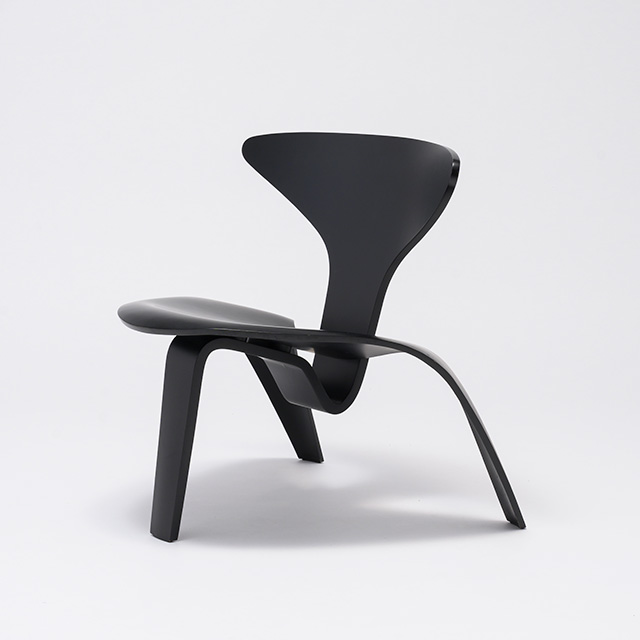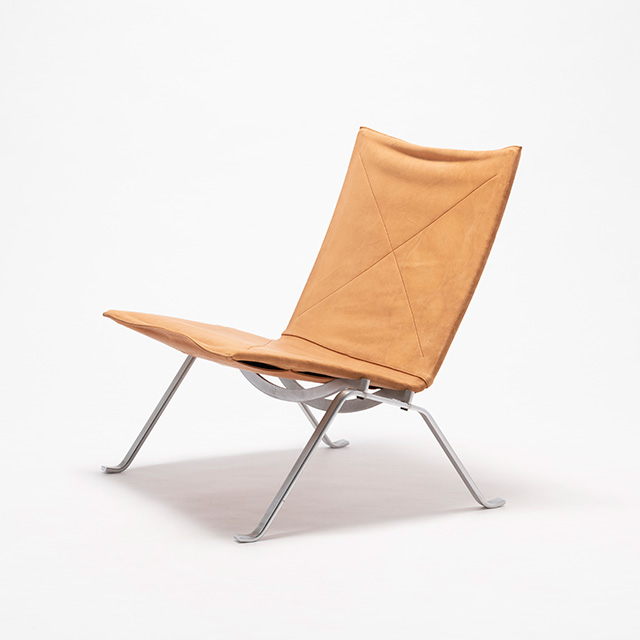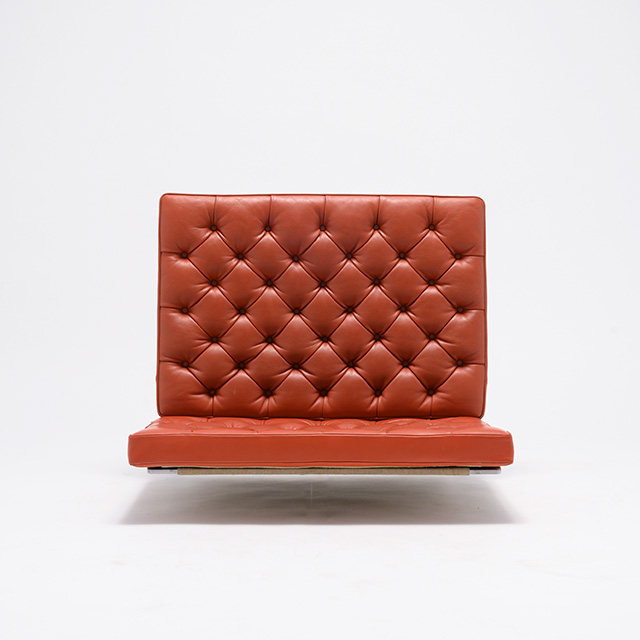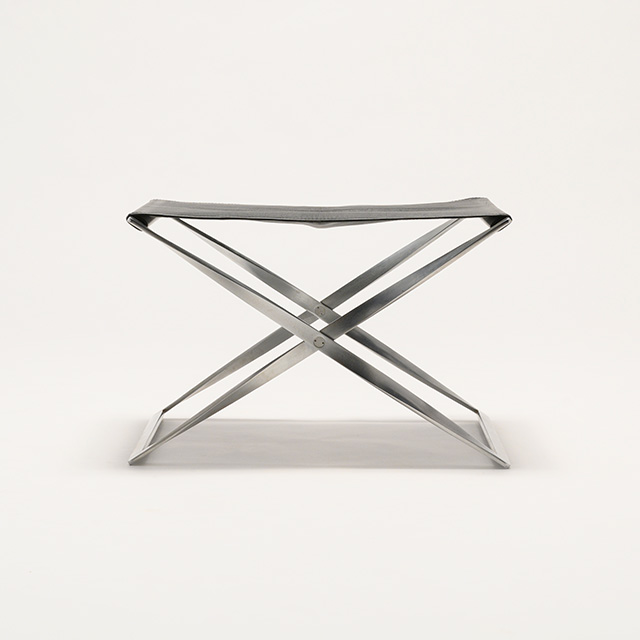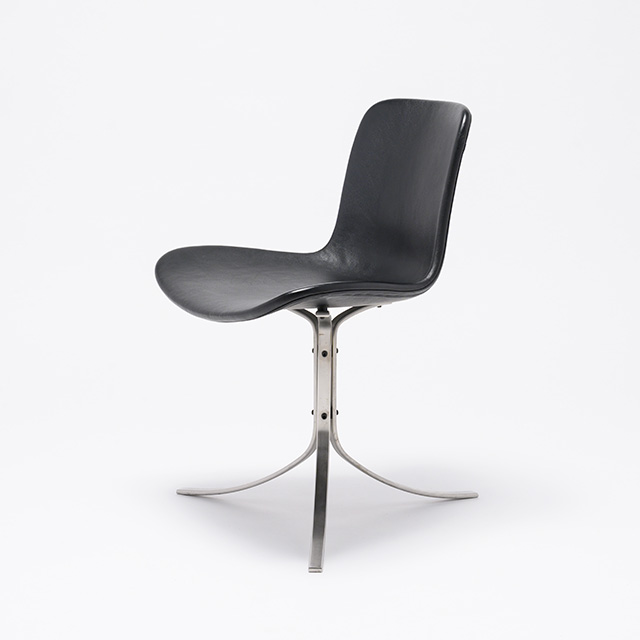Ⅰ. ORIGINS Woodworking Meets Industrial Design
Utilizing their plentiful natural resource, methods of processing wood have developed particularly in Scandinavian countries including Denmark. It has cultivated remarkable aesthetics and functionality in both furniture design and architecture. Poul Kjærholm (1929 – 1980) was born and raised in northern Denmark. Although he began his career to qualify as a wooden furniture Meister, he attended the Danish School of Arts and Crafts in Copenhagen to study industrial design, where he became interested in modernist construction materials. Poul Kjærholm created prototypes using steel during this process, which would become his signature piece in later years. His approach to wood as a craftsman permeates his works, which are largely created with different materials, resulting in furniture designs that add a sense of warmth to their strictness. While influenced by interactions with a variety of people, Kjærholm sought an uncompromising sharp, clean design, ultimately pushing the boundaries of minimalism, which captures the richness in structure by peeling away the superfluous elements. The SectionⅠ focuses on Kjærholm's important early works and condenses the essence of his design philosophy.
